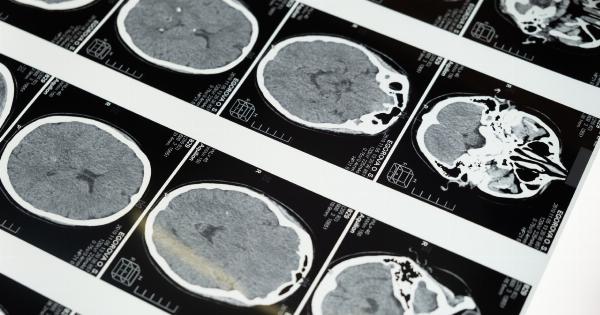Receiving a negative prostate biopsy can bring a sense of relief, but for some men, rising PSA levels can lead to anxiety and uncertainty about what to do next.
In this article, we will discuss the options available for men who have received a negative prostate biopsy but are experiencing rising PSA levels.
What is PSA?
PSA, or prostate-specific antigen, is a protein that is produced by cells in the prostate gland. PSA levels can be measured through a blood test and are often used as a screening tool for prostate cancer.
However, PSA levels can also be affected by other conditions such as infections or enlargement of the prostate gland.
Why might PSA levels rise after a negative biopsy?
A negative prostate biopsy means that no cancerous cells were detected, but it does not rule out the possibility of cancer in the future.
PSA levels can rise for a variety of reasons, including residual tissue from the biopsy procedure or a slow-growing cancer that was missed by the biopsy.
Options for men with rising PSA levels after a negative biopsy
There are several options available for men who have received a negative prostate biopsy but are experiencing rising PSA levels. These options include:.
Active surveillance
Active surveillance is a monitoring approach that involves regular PSA testing and prostate exams to monitor for any changes in the prostate gland.
This approach is often recommended for men with low-risk prostate cancer or for men who have not been diagnosed with cancer but have an increased risk.
Repeat biopsy
If rising PSA levels are a concern, a repeat biopsy may be recommended. A repeat biopsy can help detect any cancerous cells that may have been missed during the initial biopsy.
However, repeat biopsies also carry a risk of complications such as infection and bleeding.
MRI guided biopsy
An MRI guided biopsy is a newer approach that uses MRI technology to guide the biopsy procedure. This can improve the accuracy of the biopsy and reduce the risk of complications.
Prostate MRI
A prostate MRI can help detect any abnormalities in the prostate gland that may be causing the rising PSA levels. This can help determine if another biopsy is necessary or if further monitoring is needed.
Prostate cancer treatment
If cancer is detected, treatment options will depend on the stage and aggressiveness of the cancer. Treatment options may include surgery, radiation therapy, or hormone therapy.
Dietary and lifestyle changes
While dietary and lifestyle changes may not directly impact rising PSA levels, they can help improve overall prostate health.
This can include maintaining a healthy weight, exercising regularly, and eating a diet rich in fruits, vegetables, and whole grains.
Counseling and support
A cancer diagnosis, even if it is in the early stages, can be emotionally challenging. Counseling and support groups can provide emotional support and guidance during this difficult time.
Conclusion
Receiving a negative prostate biopsy can bring a sense of relief, but rising PSA levels can cause anxiety and uncertainty about what to do next.
The options available for men with rising PSA levels after a negative biopsy include active surveillance, repeat biopsy, MRI guided biopsy, prostate MRI, prostate cancer treatment, dietary and lifestyle changes, and counseling and support.






















